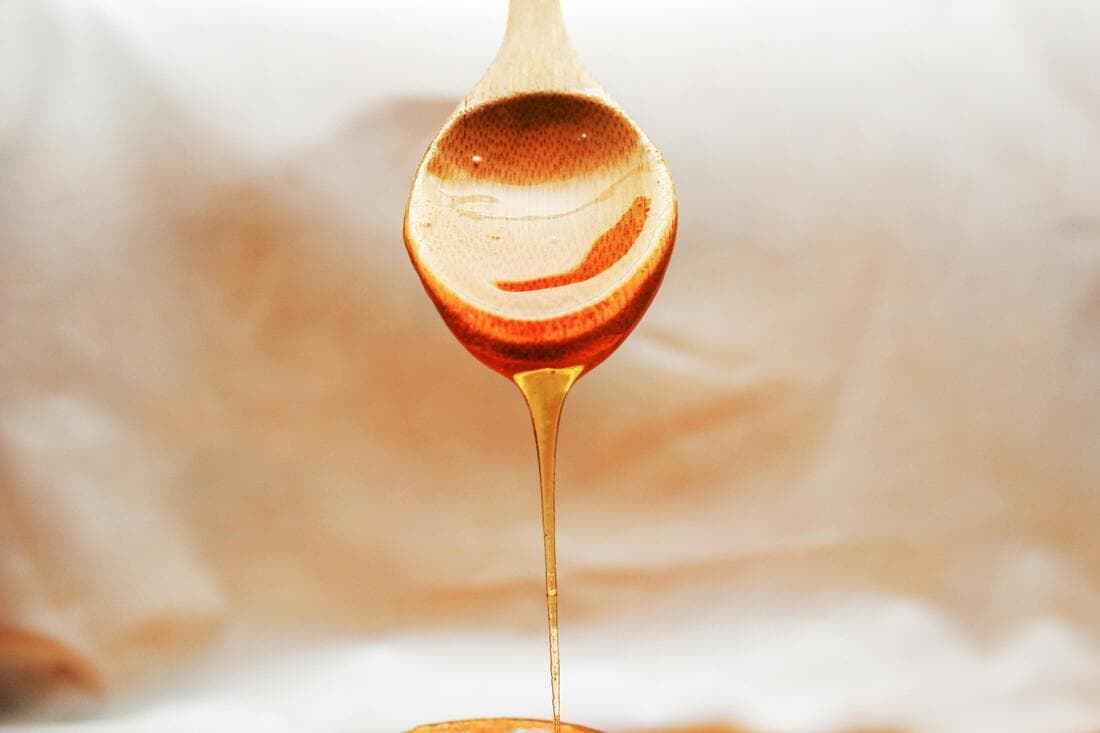5 Ways To Create a Farm-to-Table Experience with Organic Cocktails: Tips for Hosting

The concept of farm-to-table isn’t alien to us.
With agriculture still being the biggest industry in the country, sourcing fresh produce is not as big of a challenge here as in other countries heavily reliant on supermarkets and the packaged food industry to source their food.
Similarly, cocktails are made with fresh ingredients taken from individual herb gardens.
Further, farm-to-table cocktails are yet another way of being considerate towards the planet, beyond producing less waste and conserving water.
Here is how an immersive farm-to-table cocktail experience can be curated with fresh and organic ingredients.
Sourcing Ingredients For Cocktails
Whether you have access to local markets, farms or a personal garden, the key to designing a farm-to-table experience is selecting fruits, vegetables and herbs that are in season.
 These seasonal ingredients are fresher and have much better flavour payoff because they haven’t been preserved with chemicals in cold storage before getting to the dining table.
These seasonal ingredients are fresher and have much better flavour payoff because they haven’t been preserved with chemicals in cold storage before getting to the dining table.
Ingredient-Forward Cocktails
A key aspect of farm-to-table is allowing ingredients to take the centrestage.
Instead of overloading the cocktails with a barrage of complex elements, focus on a few fresh items that complement each other.
For instance, a Cucumber Basil Smash, made by combining organic cucumbers, freshly plucked basil and 30 ml of gin, heroes the aromatic basil. Another option could be a Spicy Watermelon Margarita, made with fresh watermelon juice and lime, and a glass rim lined with chilli powder and salt.
Pro tip: To keep the process of making farm-to-table cocktails streamlined, restrict your menu to only three or four beverage options. This makes the preparation much easier and also allows one to better focus on each recipe and perfect it.

Incorporating Homemade Syrups
A non-negotiable aspect of the farm-to-table experience is creatively using things one makes at home. Instead of spending hard-earned money on flavoured gourmet mixers, one can easily make seasonal syrups and infusions that would not only be singular in taste, but also introduce interesting layers of flavour into the cocktails.
For example, one can make a simple syrup by boiling wild honey in equal parts of water and infusing it with fresh lavender or hibiscus.
Similarly, infusions of vodka with fresh strawberries or gin with dried rosemary, create flavours that are handcrafted and unique to each individual.
Pairing Drinks with Complementary Bites
Creating a farm-to-table experience is not just about the cocktails. The entire menu needs to work together. Serve nibbles and bites that echo the flavours of your cocktails, but using organic ingredients wherever possible.
 A beverage like Mint Lime Mojito would perfectly pair with a fresh, crispy salad featuring a range of fresh greens for your home garden, walnuts and organic cheese.
A beverage like Mint Lime Mojito would perfectly pair with a fresh, crispy salad featuring a range of fresh greens for your home garden, walnuts and organic cheese.
Similarly, a fall-inspired drink like Apple Cider Bourbon works well with spiced, roasted nuts or a charcuterie board with organic cured meats, goat’s cheese and seasonal fruits.
Ambience
A farm-to-table decor aims to create an ambience that reflects nature.
For the event, decorate your table with wooden chopping boards, woven baskets and natural, rustic fabrics in muted, earth tones. Place flower vases around the house with fresh flowers and edible arrangements. Opt for steel or glass cutleries to minimise single-use plastic or paper cups. Incorporating zero-waste practices aligns with the values of environmental consciousness, which is the core of farm-to-table experiences.
Drink responsibly. This communication is for audiences above the age of 25.
